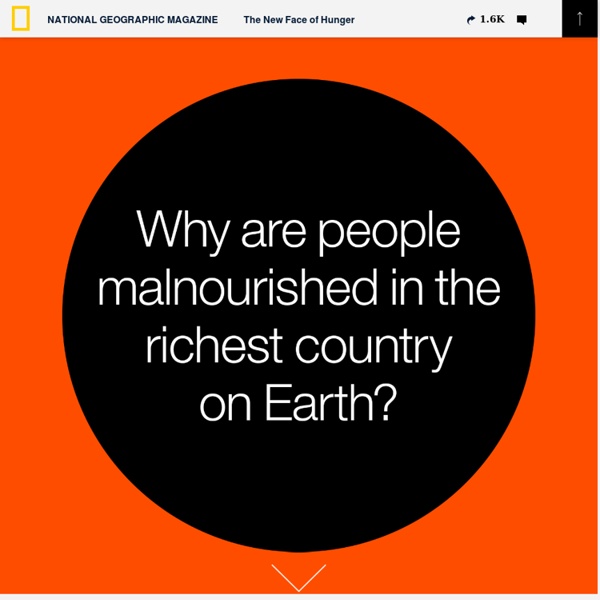The New Face of Hunger

Psychologie de l’assiette
Peut-on lire dans le fond de l’assiette la personnalité de celui qui l’a saucée ? La formule « Dis-moi ce que tu manges, je te dirai qui tu es », est-elle aussi fumeuse qu’une cuisse de poulet grillé ? Investigations entre la table et le divan pour une réflexion mi-prise de tête, mi-prise de bec. Voilà plusieurs jours que vous avez une folle envie de kaki. Que les mâles se rassurent, pas besoin d’être boostés aux oestrogènes pour saisir ce qui nous fait du bien. Et quand on a toujours envie de frites c’est parce que notre organisme a un besoin constant de graisses saturées ? « Nous sommes naturellement équipés sur un plan physiologique et psychologique pour pouvoir manger de façon intuitive, ajoute le psychiatre Gérard Apfeldorfer dans le magazine Psychologies. D’autant que l’on ne mange pas toujours pour se nourrir mais aussi pour partager un acte social ou pour répondre à une émotion. « L’alimentation, c’est être rassasié physiologiquement et prendre du plaisir, précise Florence.
Detroit's Beautiful, Horrible Declin
Capture JPG 1
Living In Gangland: Rural Gangs Claim Public Lands
Advocacy Tools « Food Research & Action Center
Advocacy Tools There are many ways that you can engage your community and elected officials in the fight against hunger. From inviting your Member of Congress to a school breakfast program to organizing a SNAP challenge or using social media effectively, FRAC provides resources on how to become an advocate in your community. Invite Your Member of Congress to Work Organize a Paper Plate or Post Card Campaign Take the SNAP Challenge Host a Community Call Invite Your Member of Congress to Work Inviting Members of Congress to visit Child Nutrition program or SNAP sites in their state or district is a powerful way to engage them. Organize a Paper Plate or Post Card Campaign Paper Plate and Post Card Campaigns can effectively engage large numbers of people with minimal cost or time commitment. You can make a photo album highlighting your organization’s work and pictures from a federal nutrition program in action. FRAC 101: Paper Plate Campaign (pdf) Take the SNAP Challenge Host a Community Call
Dark Dog lance des chewing-gum énergisants à macher et avaler qui vont vous donner la pêche
Dark Dog , célèbre marque de boissons énergisantes se démarque par une stratégie axée sur la diversification. En plus des boissons, la marque commerclaise également une collection de parfums… basé sur l’image du produit énergisant. Cet été, la marque a fait parlé d’elle en commercialisant une gamme de chewing-gums énergisants. Ils ont les mêmes effets que la boisson car les chewing-gums ont une teneur élevée en caféine, guarana, vitamines et taurine… Les chewing-gums doivent être mâchés 5 à 10 minutes avant d’être avalés. De quoi vous donner des forces hein ! V/Creapills
Detroit's Beautiful, Horrible Declin
Photo Slideshow: Poverty in Today's America Note
DIVIDED AMERICA: Town and country offer differing realities
ROCKY FORD, Colo. (AP) — From where Peggy Sheahan stands, deep in rural Colorado, the last eight years were abysmal. Otero County, where Sheahan lives, is steadily losing population. Middle-class jobs vanished years ago as pickling and packing plants closed. She's had to cut back on her business repairing broken windshields to help nurse her husband after a series of farm accidents, culminating in his breaking his neck falling from a bale of hay. She collects newspaper clippings on stabbings and killings in the area — one woman's body was found in a field near Sheahan's farm — as heroin use rises. "We are so worse off, it's unbelievable," said Sheahan, 65, a staunch conservative who plans to vote for Donald Trump. EDITOR'S NOTE — This story is part of Divided America, AP's ongoing exploration of the economic, social and political divisions in American society. In Denver, 175 miles to the northwest, things are going better for Andrea Pacheco. Hendren is effectively homeless.
Related:



